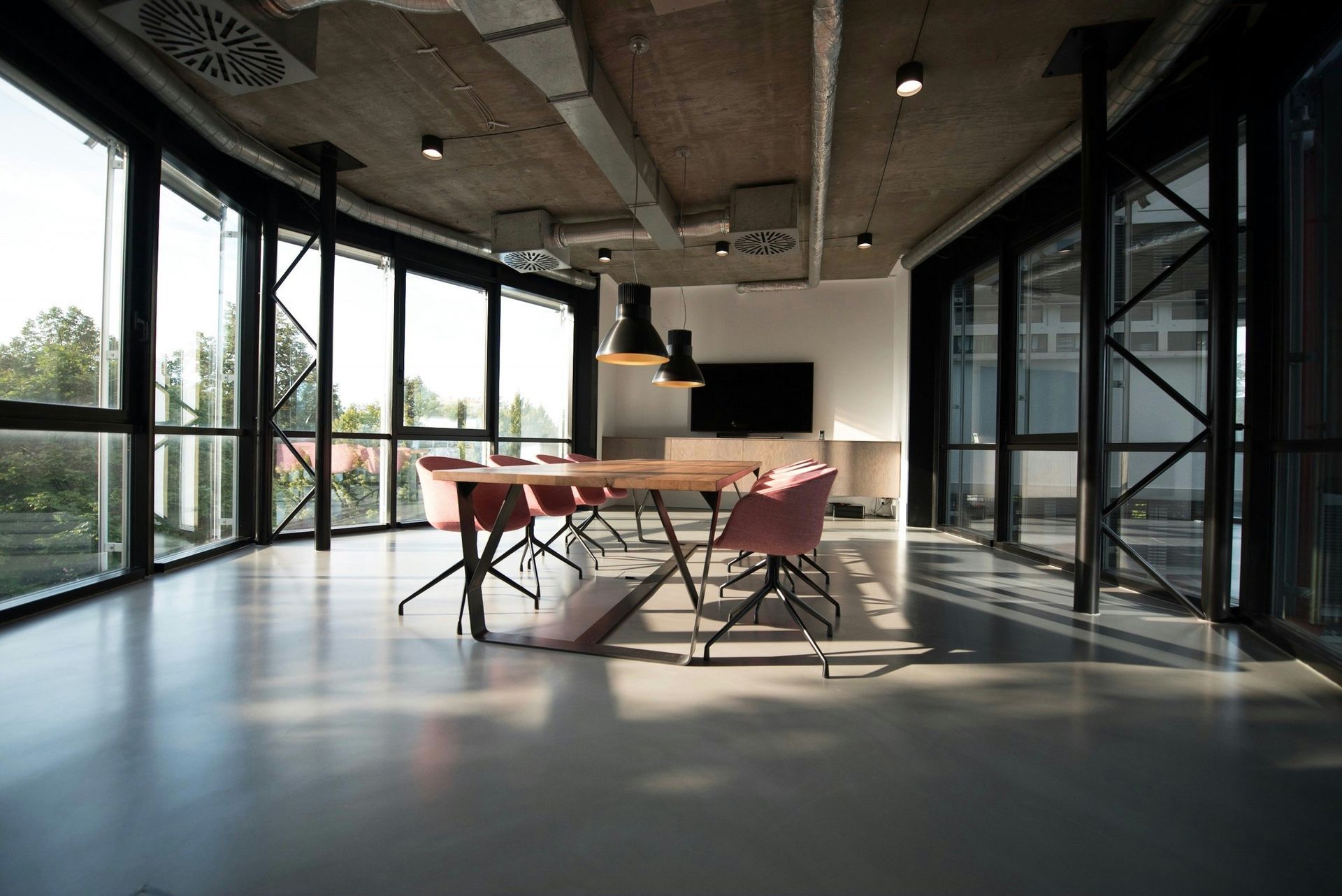Assessment & planning for commercial real estate
Portfolio Assessment & Planning
This article is inspired by a transformative class I took with Professor Greg Norris at Harvard University. In this class, Professor Norris taught a revolutionary concept- the handprint (Harvard, MIT). Unlike the common phrase, “carbon footprint”, which measures the negative environmental impact, “the handprint” represents the positive changes we can make. It’s about being net positive—where our handprints, the good we do, outweigh our footprints, the harm we cause (Harvard, MIT).
Let’s examine a case study of an anonymous organization with a diverse building portfolio within higher education. In my experience, this project exemplifies an ideal setup for success.
1. The first step- Always, always collect data and analyze:
It was critical to understand the building size and use- the spatial dimensions and functional purposes. Also, we developed high-level assumptions about energy use from historical utility data, identified the sources of energy and associated greenhouse gases (carbon emissions). A crucial insight is the importance of distinguishing between constant factors, such as predictable energy consumers like IT servers, and variable factors, which include condition-based energy consumers like heating and cooling systems that depend on the weather and climate.
2. Impact Analysis and Prioritization
With the data in hand, we conducted an impact analysis to prioritize areas with the most significant potential for improvement. This included finding high energy consuming buildings and related systems such as HVAC, lighting, and other systems with substantial energy use. Daily operations that contributed to the energy footprint were also evaluated. At this stage, we had recognized the prime contributors by building and/or system type to the portfolios overall carbon footprints.
3. Benchmarking for Baseline Performance
Benchmarking against similar institutions and/or similar buildings within the portfolio provided a performance baseline, setting the stage for measurable improvements and goal setting.
4. Assessing Needs and Goals
The company assessed their energy and emissions reduction needs, aligning them with their long-term sustainability goals.
5. Strategy Identification
A review of current energy management strategies helped identify areas ready for enhancement.
6. Technology and Practice Ideation
A high-level list of energy-efficient technologies and practices was developed, focusing on innovation and feasibility. Short-term steam plant operations were aligned with long-term electrification, renewable energy production and utility-grid decarbonization projections. Here we reconsider the handprint theory to determine how net-zero to net-positive ambitions can be achieved through leveraging advanced technologies and best practices in this unique commercial real estate portfolio.
7. Regulatory Compliance and Strategy
Ensuring regulatory compliance, the company crafted a guidance strategy to navigate the complex landscape of environmental regulations, from energy reporting to carbon penalties.
8. Funding and Incentives
Last but not least, having searched and identified potential grants, tax incentives, and funding sources, the organization developed a high-level funding assessment to reduce capital improvement cost.
With a comprehensive “positive impact assessment” in place, the anonymous organization is now equipped to advance into the planning phase with confidence. This assessment serves as a blueprint for action, a strategic plan that not only addresses the current state but also paves the way for a net-positive future.
Stay tuned for more insights, and remember, your journey to sustainability starts with a single, well-informed step. Let’s make our handprints count!
Citations:
- Norris, Gregory. “Handprint-Based NetPositive Assessment.” Sustainability and Health Initiative for NetPositive Enterprise, Harvard T.H. Chan School of Public Health, https://hwpi.harvard.edu/files/chge/files/handprint-based_netpositive_assessment.pdf.
- Norris, Gregory. “An Introduction to Handprints and Handprinting.” Sustainability and Health Initiative for NetPositive Enterprise, MIT, https://shine.mit.edu/sites/default/files/Norris%202013%20An%20Introduction%20to%20Handprints%20and%20Handprinting_2.pdf.
All Rights Reserved Haze Enterprises



